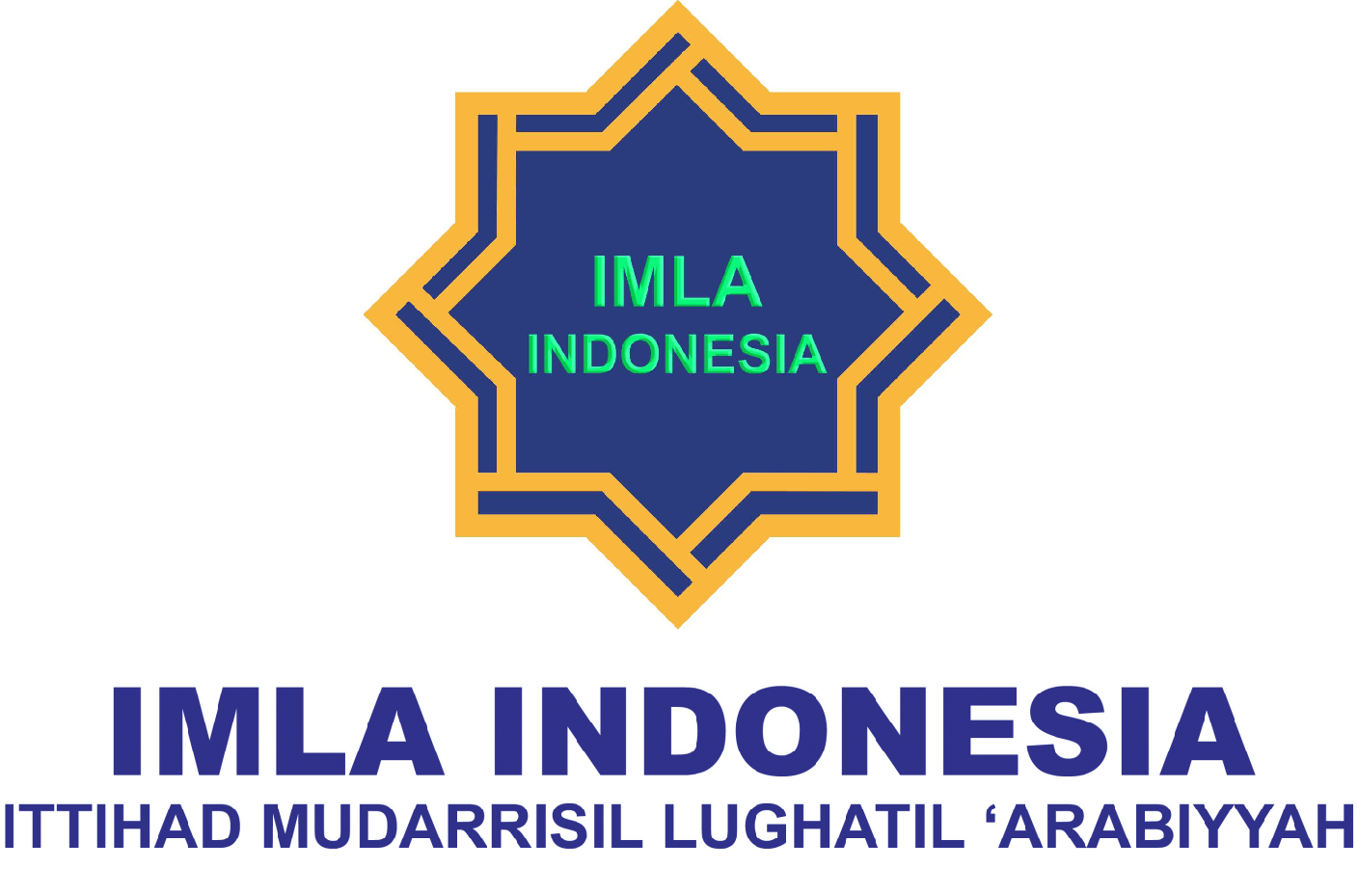Implementation of the Qiraah Jahriyyah Strategy in Improving Maharah Qiraah Learning at IAI Sunan Kalijogo Malang
DOI:
https://doi.org/10.30983/huruf.v4i1.7770Keywords:
Arabic Language, Implementation, Qiraah Jahriyyyah SrategyAbstract
Reading skills in learning Arabic are very important to pay attention to because they are part of the importance of understanding Arabic. With reading skills, someone who learns Arabic will know what reading is good and correct according to the rules and will know the meaning of Arabic reading. This article aims to (1) find out the application of the qiraah jahriyyah strategy in learning Arabic at IAI SKJ Malang (2) find out the difficulties in applying the qiraah jahriyyah strategy in learning Arabic at IAI SKJ Malang and solutions in applying the qiraah jahriyyah strategy to learning Arabic at IAI SKJ Malang. This research is qualitative research based on field studies, data was collected through observation, interviews and documentation techniques. In this case, the researcher made direct observations at IAI SKJ Malang and interviewed teachers who taught Arabic language courses, especially in the Arabic Language Education department, semester 3. The results of this research were that the implementation of the qiraah jahriyyah strategy was very good and created positive things for the students, However, there are problems from several factors, namely (1) internal factors, errors in sound system, punctuation and recitation. (2) external factors, resulting from student factors and learning media factors. And the solution is the activeness of a teacher and student which is very important in improving Arabic language learning.
References
Abdussamad, Z. (2021). Metode Penelitian Kualitatif. Syakir Media Press.
Anwar, M. Z. (2020). Analisis Metode Al-Qira'ah Al-Jahriyyah dalam Meningkatkan Keterampilan Membaca Teks Berbahasa Arab. An-Naba : Jurnal Pemikiran dan Penelitian Pendidikan Islam.
Dahlia, S. (2013). Urgensi Metode Qiraah Dalam Pembelajaran Bahasa Arab di PTAI. Arabia.
Fahamsyah, M. N. (2022). Efektivitas Penerapan Metode Qiraah Jahriyyah dalam Meningkatkan Maharah Qira'ah Bahasa Arab Terhadap Siswa Kelas III MI YKUI Maskumbang. Jurnal AL-Fawaid: Jurnal Agama dan Bahasa.
Harianto, K. A. (2017). Efektivitas Pembelajaran Qiraah pada Program Studi Pendidikan Bahasa Arab Fakultas Ilmu Budaya Universitas Jambi. Jurnal Titian.
Khansa, H. Q. (2016). Strategi Pembelajaran Bahasa Arab. Prosiding Konferensi Nasional Bahasa Arab II.
Kosim, A. (2021). Nama-nama Pesantren di Bandung Raya (Kajian Sosiolinguistik). Kalamuna.
Mahmudin, W. (2018). Problematika Pembelajaran Al-Qira'ah dan Solusi Pemecahannya (Studi Deskriptif Kualitatif di MA Miftahurrahman Tasikmalaya). Thariqotuna : Jurnal Pendidikanm Islam.
Naila Cahya Nahdla, A. N. (2023). Strategi Pembelajaran Qiraah di Pondok Pesantren Nahdlatul 'Ulum Kota Metro. Al-Maghazi: Arabic Language in Higher Education.
Nasaruddin, L. (2021). Penerapan Metode Qira'ah Al-Jama'iyyah dalam Meningkatkan Kemampuan Membaca dan Memahami Teks Qira'ah MA Mu'allimin Nahdlatul Wathan Anjani. Al-Hikmah: Jurnal Studi Islam.
Rathomi, A. (2019). Pembelajaran Bahasa Arab Maharah Qira'ah Melalui Pendekatan Saintifik. Ta'dib : Jurnal Pendidikan Islam.
Sadiyah, M. N. (2023). Metode Contextual Teaching and Learning dalam Pembelajaran Maharah Qira'ah. Jurnal REVORMA.
Tenri Rahmadani, N. A. (2022). Strategi Pembelajaran Bahasa Arab Melalui Metode Qiraah Jahriyyah Pada Masa Pandemi Covid -19. Jurnal Karya Ilmiah Mahasiswa (KIMA), Pusat Penerbitan & Publikasi Ilmiah (P3i).
Zaini, M. S. (2022). Efektifitas Pembelajaran Bahasa Arab dengan Strategi Qiraah Jahriyah untuk Meningkatkan Pembelajaran Maharah Qiraah di MTS Zainul Hasan Genggong Pajarakan tahun 2021. Jurnal Pendidikan Islam BAHTSUNA.
Downloads
Published
Issue
Section
Citation Check
License
Copyright (c) 2024 Alya Afifah Maliyanah, Laily Fitriani

This work is licensed under a Creative Commons Attribution-ShareAlike 4.0 International License.
Authors who publish with this journal agree to the following terms:
- Authors retain copyright and grant the journal right of first publication with the work simultaneously licensed under a Creative Commons Attribution-ShareAlike 4.0 International Licensethat allows others to share the work with an acknowledgment of the work's authorship and initial publication in this journal.
- Authors are able to enter into separate, additional contractual arrangements for the non-exclusive distribution of the journal's published version of the work (e.g., post it to an institutional repository or publish it in a book), with an acknowledgment of its initial publication in this journal.
- Authors are permitted and encouraged to post their work online (e.g., in institutional repositories or on their website) prior to and during the submission process, as it can lead to productive exchanges, as well as earlier and greater citation of published work (See The Effect of Open Access).










